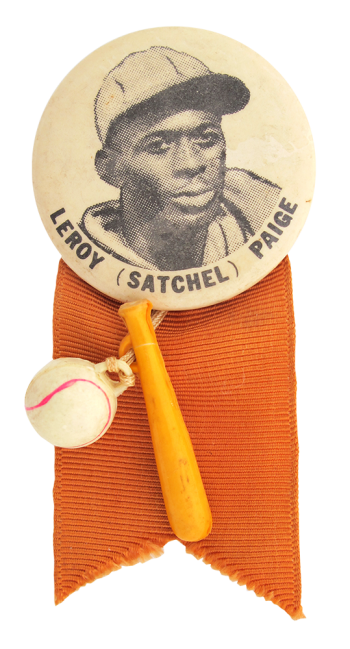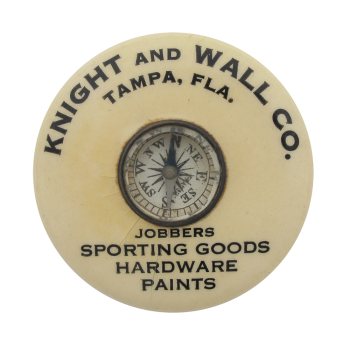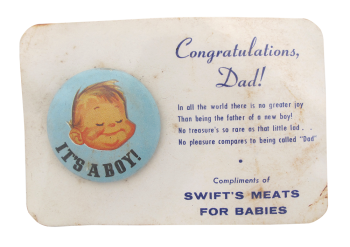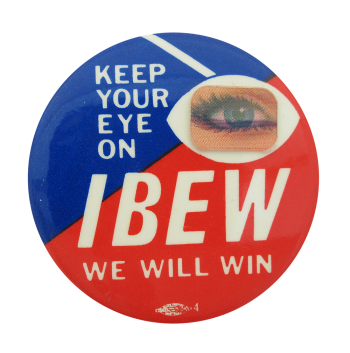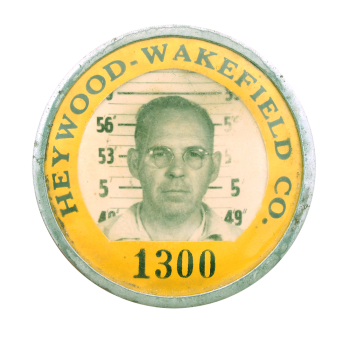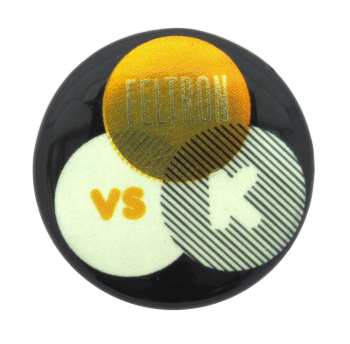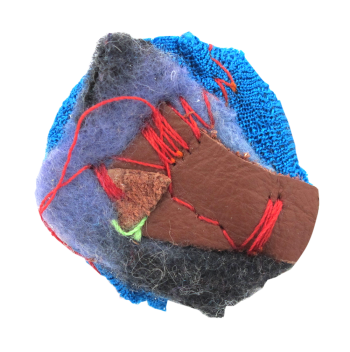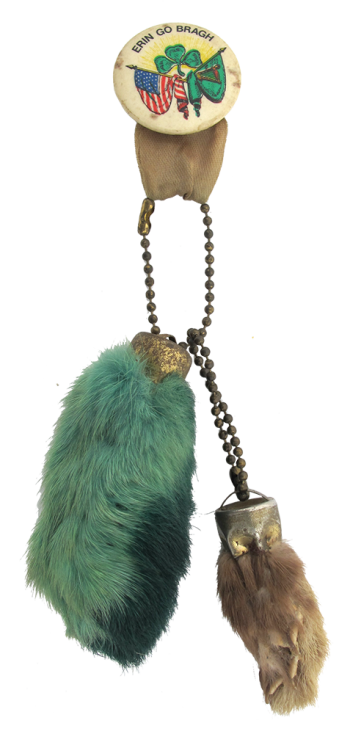Leroy Satchel Paige
| Category | |
|---|---|
| Additional Images | |
| Sub Categories | |
| Text on Button | LEROY (SATCHEL) PAIGE |
| Image Description | Black and white portrait of Leroy Paige above black text over yellowed background. Orange hanging ribbon with orange bat and white baseball charms. |
| Back Style | |
| The Shape | |
| The Size | |
| Additional Information | Leroy Satchel Paige was a pitching legend in the Negro Leagues and later in Major League Baseball. Born on July 7, 1906 in Mobile, Alabama, Paige worked as a luggage carrier at a train station in his youth. He would carry several bags on a rigged pole to earn more pay, and his coworker commented he looked like a "walking satchel tree," thus his nickname was born. Paige developed his pitching skills in Industrial School for Negro Children in Mount Meigs, Alabama under the guidance of his coach, Edward Byrd. He started his professional career in 1926 in the Southern Negro League and played for the Chattanooga Black Barons. Paige quickly became a crowd favorite. When Jackie Robinson broke the color in 1948, Paige signed with the Cleveland Indians as the oldest Rookie at the age of 42 and was the first African American pitcher in the American League. Joe DiMaggio commented that Paige was "the best and fastest pitcher I've ever faced." Paige was elected into the Baseball Hall of Fame in 1971. He passed away on June 8, 1982 in Kansas City, Missouri. |
| Catalog ID | IN0035 |

